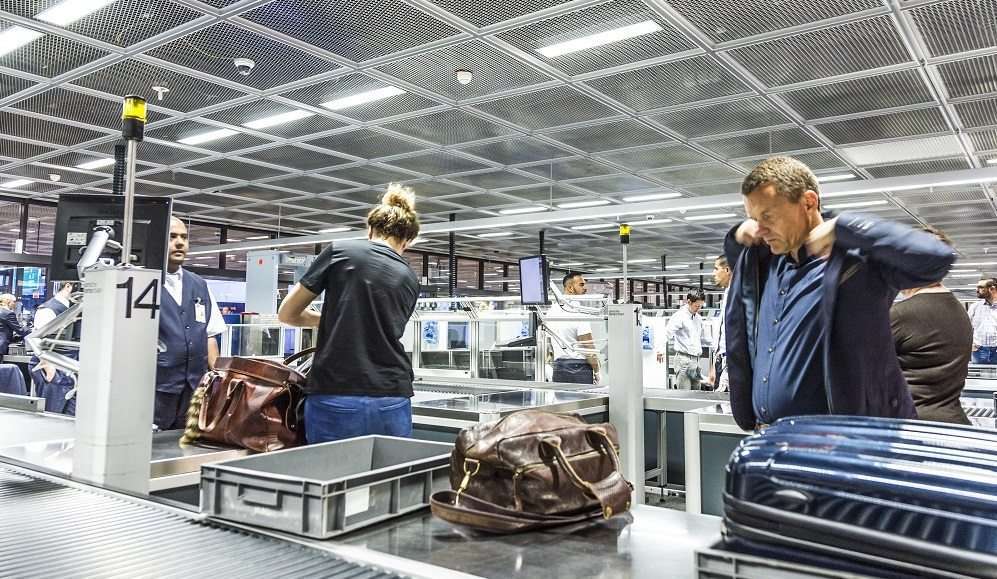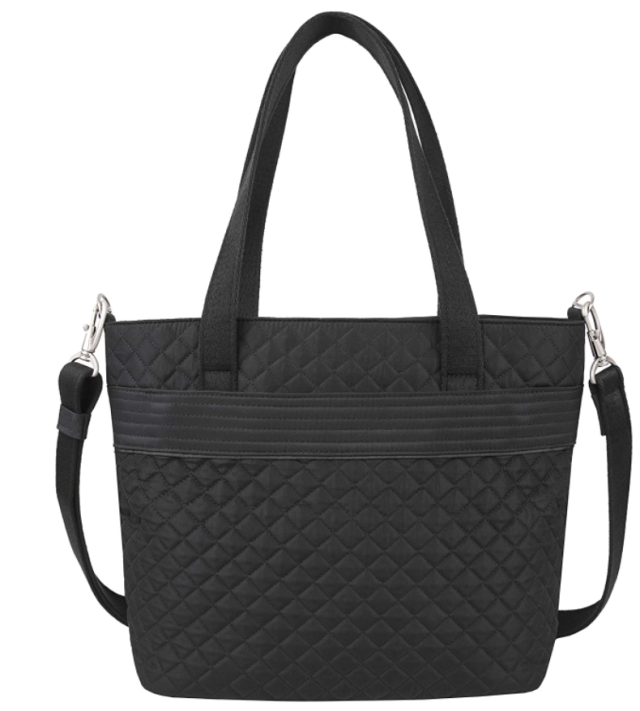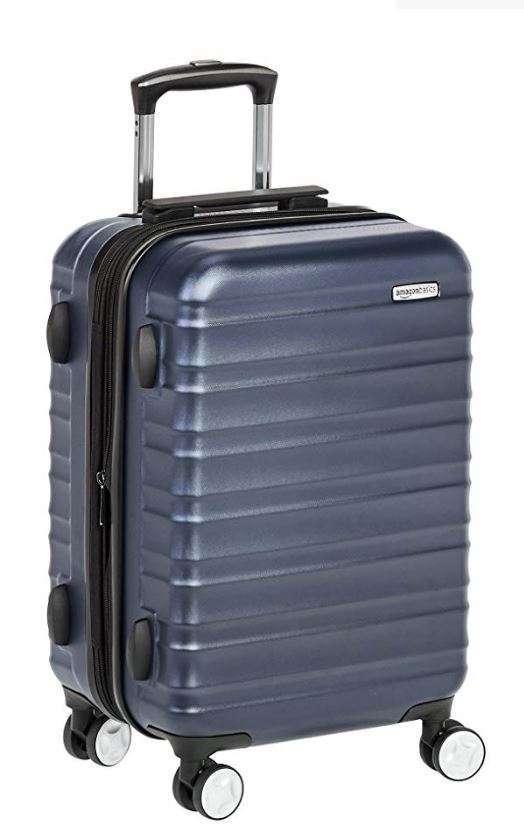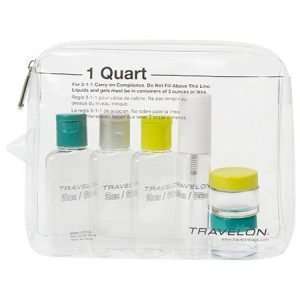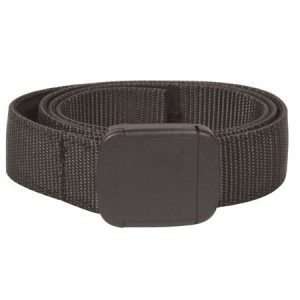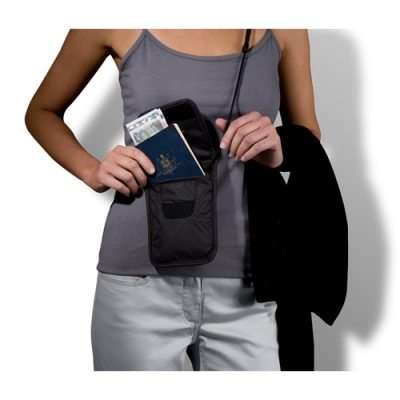Theft At Airport Screening Stations
Theft at security checkpoints continues to be reported at airports around the world. Theft at airport screening stations is most prevalent in foreign countries or domestic airports without stringent TSA screening protocols. And the bigger the crowd and the greater the activity around the security checkpoints the better too. Therefore your valuables and property are at most risk in these locations and during these times. While this is not a very common type of theft, it can be devastating because it typically includes the theft of passports, wallets or other valuables you keep in your carry-on and are essential for travel. Imagine losing your phone or wallet at the beginning of a trip!
Two Types of Thefts Happen at Airport Security Checkpoints
Airport screening stations and security checkpoints lend themselves typically to two different types of thefts. One is set up or planned and the other is a theft of opportunity.
The planned or setup theft method involves two scammers working together as a team. The team targets you and right before you enter the screening line, both of the scammers walk in front of you in the security line. The first thief scammer goes through the security checkpoint screening without issue, however, the second one, known as the stall, holds up the line by spending time removing items from his pockets. Sometimes he even drops change on the ground to slow things down by fumbling the picking up of the coins.
He causes this stall or distraction only after you and he both have placed your carry-on bags onto the x-ray conveyor belt but before walking through the metal detector. This allows him or her to get to the bags as they come out of the Xray tunnel and before you have a chance to retrieve your bag. If your is small it can be picked up and placed inside another bag.
A second common method of theft is as you are delayed getting through the body scanner someone in front of you picks up a small item belonging to you like a wallet or phone which you have placed is a small open tray designed to hold keys, phones, and similar items, and places it in his larger bag and walks away with it hidden from your view. Sophisticated thieves may even hand off the stolen item to an accomplice.
How Do You Prevent Theft at Security Checkpoints?
- Don’t walk through the metal detector before your bags
When flying with a companion make sure one of you has cleared the detector before your valuables get placed onto the conveyor belt, that way the person on the other side of the x-ray machine can keep an eye on and pick up the bags immediately as they pass through. When you don’t have a travel companion and there are unavoidable lines, delay putting your luggage and laptop on the conveyor belt until you’re sure you’ll be the next person through the metal detector. And, as you move through the detector, keep your eyes on the conveyor belt and watch for your luggage and laptop to come through at the other end, while keeping a ‘sharp eye’ on what those in front of you are picking up. - Place pocket contents inside your bag
Avoid putting loose items of value typically carried in your pocket in a tray and letting it pass through. Place all valuables in a zippered pocket of your carry-on luggage. If you travel with a carry-on bag that does not have any external pockets, then plan ahead and place them on your bag prior to getting in the security line. If you travel with a laptop bag then place your small valuables in it. - Wear slip-on shoes
Wear shoes that you can easily slip off and quickly put back on so as not to be distracted away from your valuables as the security station. - Get through the checkpoint as a trusted traveler
Join a trusted traveler program like TSA Pre Check or Global Entry to facilitate moving through screening with the least amount of hassle. - Plan for delays at security
Arrive at the airport earlier than you have in the past to avoid being rushed and possibly flustered by security checkpoints
Anti-theft or security carry-on luggage
The most secure luggage design for carry-on luggage or a checked bag has two key features. First, it should be made of a solid material like PVC, polycarbonate, or similar materials. This solid material is puncture-proof. The next must-have feature is that the bag clasps shut. Zippers can break and can be breached by a crook using a pen to poke through the teeth of the zipper. A quick guiding of the zipper pulls over the puncture hole and then reseals the breached zipper. Bags with clasp closures typically have locking clamp-style locks.
More Articles You May Like




